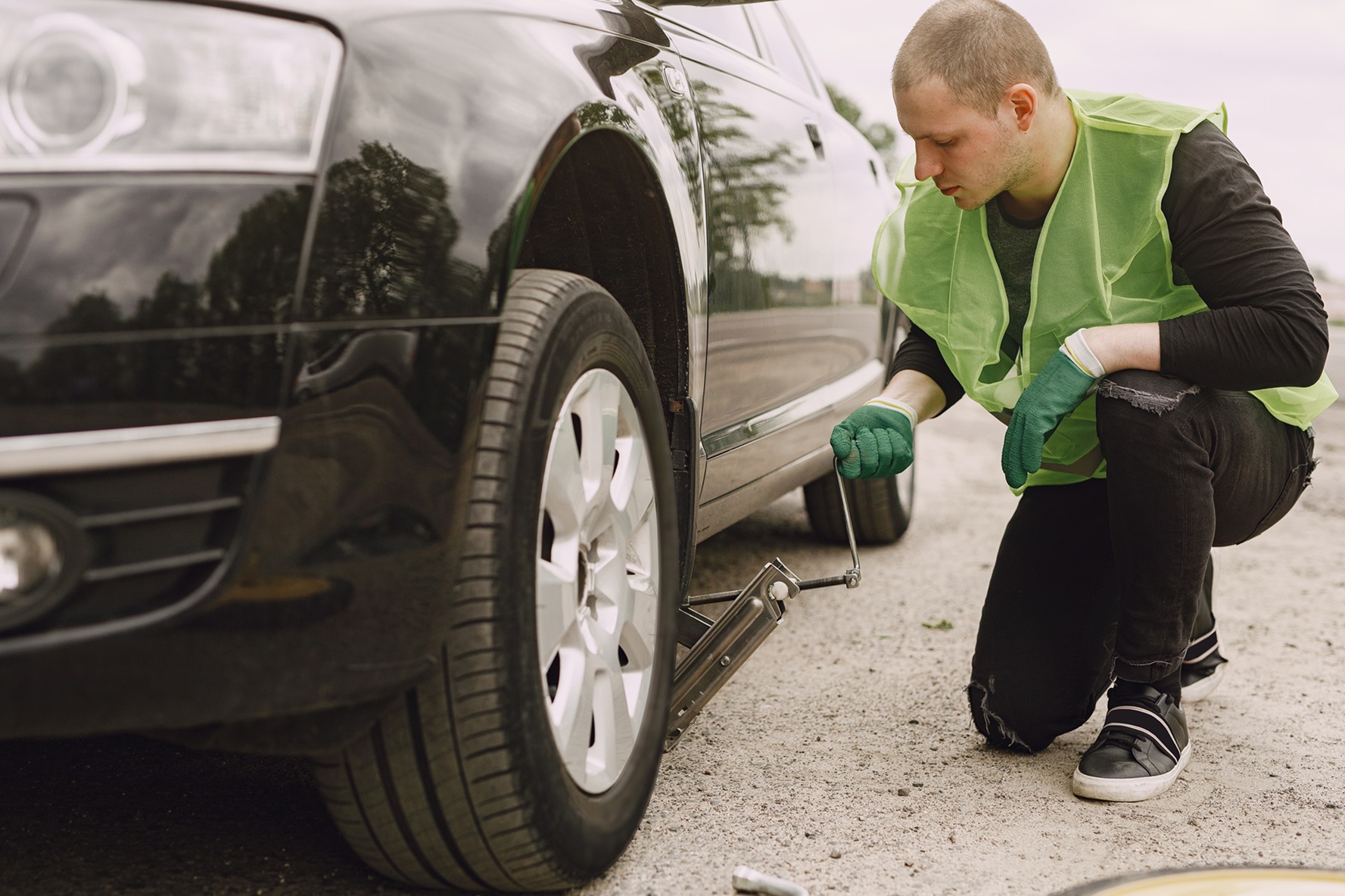Car tyres are crucial for the smooth running of a vehicle, as they maintain the balance of a vehicle when it is in motion. Acceleration, torque, and braking all need to be transmitted through the wheel to move the vehicle. Wheels are bound to experience wear and tear with time, and they can impact the performance of the vehicle and the safety of the occupants. They also require regular checks and maintenance to ensure that the vehicle does not encounter any problems in between the journey.
Following are some tips and signs that car owners can follow to ensure that they replace tyres when timely:
Causes of Tyre Damage
It is important to understand the reason behind the damage to the wheels of the vehicle to avoid problems in the future. Various factors contribute towards the depreciation of car wheels that every car owner must know about:
Driving style: rash driving can amplify the wear on the wheel including locking wheels while braking and spinning wheels during acceleration.
Rough terrains: normally, tyres are built to endure impact whilst driving over rough terrains. However, continuous usage can make the tyres go weak and increase wear.
Alignment: Issues with the alignment of the wheels can also increase the wear of a wheel and cause uneven wear. One way of checking alignment issues is to notice if the car is being pulled to one side while driving.
Speed: Driving at high speed produces more friction in the tyres elevating the level of depreciation.
Front-wheel drive vehicles witness more wear on the front wheels.
Load: Wheels bear the weight of the vehicle; additional load can be draining for wheels increasing the wear.
Air Pressure: Under-inflated tyres can witness problems of tear as well.
Indications that Tyre Needs to be Replaced
It is important that car owners can identify the wear and tear of the wheel but keeping an eye on the following indicators:
Check the Tread Depth
The main indicator for determining that the wheels of the vehicle need to be replaced include checking the treads of the tyre. New vehicles come with tread indicators that begin appearing as the wheel starts depreciating. The depth of the tread must not exceed 1.6mm, and this can be checked through a tread depth gauge. In some countries, it is even considered illegal to drive a vehicle once the tread depth exceeds 1.6mm.
Another way to determine the extent of damage is by checking the tread wear indicators that are small bars across the grooves of the tyres. Once the tyre is flush with tread, it is time to replace the tyres.
Check Uneven Wear
Uneven wear is an indication that the wheel is under more stress than normal. The reason behind this could be wearing suspension, wheel alignment, or due to over/underinflated tyres. Check the contact surface of the wheel including the outer edges of the wheels to check the uneven wear.
Check the Age of the Wheels
This can be checked by looking at the four-digit numbers next to the letters “DOT”, The number indicates the week and year of manufacture i.e. if the number is 2519 that means that the wheel was manufactured in the 25th week of 2019. This can help the car owners determine how old the wheel is and when is the ideal time to replace it.
Check Air Pressure
It is better to check the air pressure of the wheels regularly as under/over inflated tyres cause uneven wear. It is best to keep the air pressure in the tyres between 30 – 25 psi (pounds per square inch).
Also Read: 12 Celebrities with Outstanding Cars Collections
How Long Do Wheels Last?
Normally, car wheels last for 5-6 years if they are taken care of and maintained. However, after this time it is better to replace the wheels. If the tread depth is with the 1.6mm range, the rubber begins to crack. Therefore, it is best to replace the tyre to avoid unexpected accidents or inconvenience on the road. If the tyres seem to be in good condition, it is better to get the wheel checked once a year if they are older than 5 years, and if they exceed ten years they must be replaced immediately.
It is also better to replace the entire set to get an even wear and a smooth ride every time. If you do not want to replace the entire set it is advisable to at least change in pairs, by putting new ones in the rear to get maximum traction. In case, you are driving a front-wheel-drive then you should replace the front wheels.
Conclusion:
The above-mentioned indicators can help car owners determine the right time for replacing the wheels of the vehicle. The wheel offers the motorist a stable drive on the road. The fuel economy of the vehicle is also dependent on healthy tyres. It is better to adhere to these warning signs and replace the wheels timely to avoid any problems and stay safe on the road.

